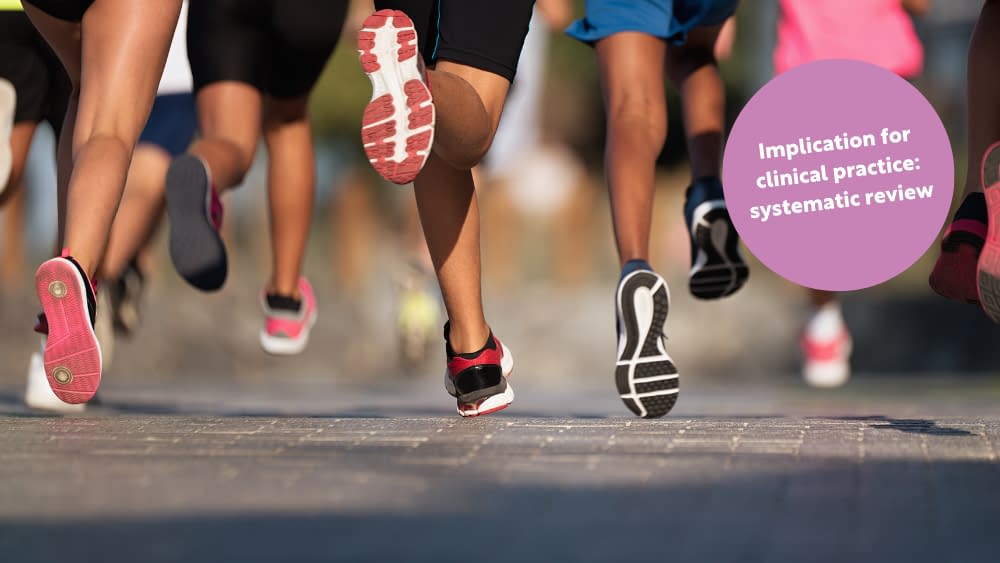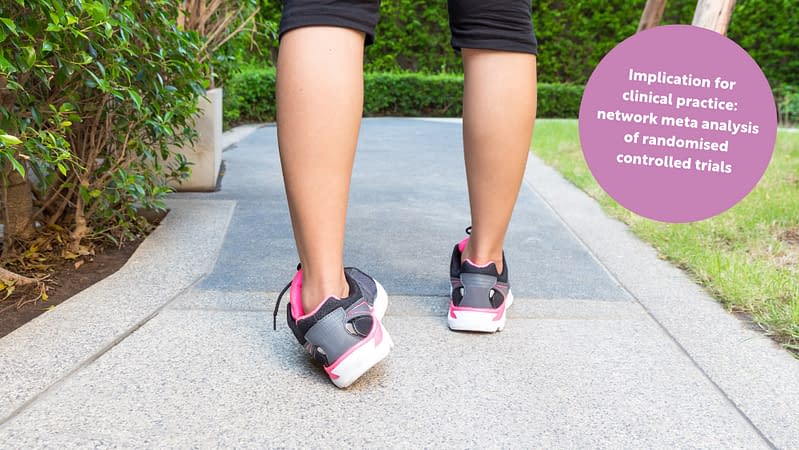High anxiety levels during lower limb injury rehab hinder running recovery time by negatively affecting sleep, and daily function.
Context
Running is an immensely popular recreational sport and provides numerous physical and psychological health benefits. However, between 20-80% of runners may be managing a musculoskeletal injury at any one time and a large proportion of these can be attributed to overuse injuries. Naturally given the sport a lot of these injuries occur in the lower limbs and therefore management can often require refraining for running temporarily. As recreational running is often a habit this withdrawal can cause mental stress and coupled with an injury (which also causes anxiety) can increase the anxiety levels and negative emotional response of the injured runner. What isn’t known however, is how this specifically impacts runners during their recovery from an injury.
Methods
- Recreational runners were recruited between November 2017 and June 2020 from a single running medicine clinic in Finland.
- Study participants were men and women aged between 18-65 seeking rehab for a current running related injury.
- Baseline visits were conducted once a physician had diagnosed the injury which included surveys and gait analysis.
- Survey data was then collected monthly using on online platform until the runner advised they had returned to full running volume.
- There was then a final visit to complete surveys and gait analysis (see paper for details).
Results
- 41 participants were recruited, 15 participants withdrew from the study before final results.
- Final running performance was improved most in the lower anxiety group compared with the high anxiety group.
- The low anxiety group maintained low anxiety and the high anxiety group reduced anxiety from baseline to final visit.
- The runners who withdrew remained clinically anxious at their final survey.




